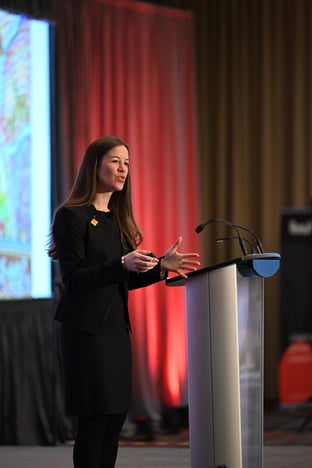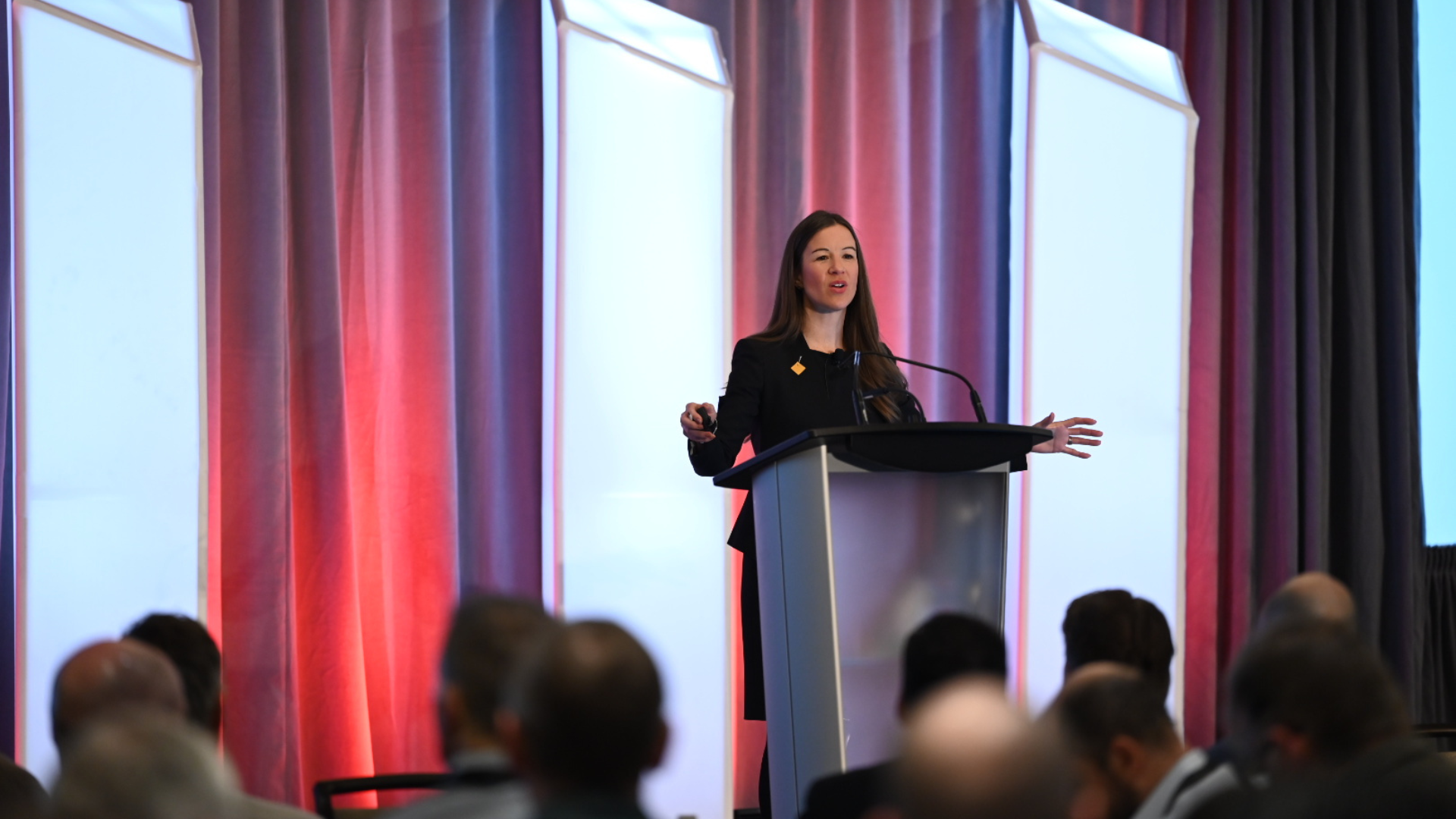Table of Contents
As a leader, you need to understand and acknowledge our shared history, and begin to move towards inclusion and reconciliation.
What steps can you take to rise to the challenge?
“Being in relationship takes time,” says Annie Korver. “Sitting in circle is an important practice we can learn from Indigenous cultures for building trust and lasting relationships.”
Annie Korver first appeared on Unleashed in Season 4, and opened our minds to the harsh realities of Canada’s history in dealing with its native peoples. Her words were so impactful we invited her back to be one of our keynote presenters at BEx 2022.
Our Colonial History
Recent events in Canada have shone a light on the colonial history of this country. From the Papal Bulls of the 15th and 16th centuries that demonized non-Christians through to the Residential Schools of the 1900s, the treatment of native peoples was at best discriminatory and at its worst horrifying and tragic. It wasn’t until the Constitution Act in 1982 that the rights became asserted for the First Nations, Inuit, and Metis peoples of this country.
The Truth and Reconciliation Commission published its 94 Calls to Action in 2015. These calls span a broad range of society including child welfare, justice, governance, language, and business practices. Although these action steps can’t rewrite history, they can help us all begin to move in the direction of truth, reconciliation, justice, and equality.
How Can We Rise?
 Annie consults to leaders of companies, big and small, to help them create a culture of inclusion. Some she meets are simply going through the motions, establishing policies that exist in employee handbooks, but not really embedding understanding and actions. This is not an authentic way forward and will fall short of creating the changes needed.
Annie consults to leaders of companies, big and small, to help them create a culture of inclusion. Some she meets are simply going through the motions, establishing policies that exist in employee handbooks, but not really embedding understanding and actions. This is not an authentic way forward and will fall short of creating the changes needed.
Fortunately, many others are taking a different approach. These leaders are starting with truth and awareness. They are diving deep into the history as well as building relationships with current members of our Indigenous populations to try to more deeply understand their current reality.
It’s easy to become discouraged, to throw up our hands in frustration and shout, “how can I fix the injustices of hundreds of years?” Of course we can’t but we can all start taking even small actions:
- Acknowledge – the historical injustices done to Indigenous Peoples and recognize the ongoing impacts of colonization and Western privilege to challenge dominant social structures and thought processes.
- Educate – invest in leader and employee training to help better understand the Indigenous situation in our country. For example, Results partnered with Annie to do just that at BEx and on June 1, 2022 in Edmonton. This type of education helps us recognize and rethink our biases and assumptions about native peoples and begin to appreciate their perspectives and cultures.
- Commit – organizationally, commit to equity and inclusion and establish new norms. Simple things like Land Acknowledgements, equal opportunity hiring practices, seeking out and using Indigenous product and service suppliers can be a great start.
Inclusion is good for business. Indigenous people are starting companies six-times faster than non-Indigenous. Their populations are growing faster too.
“I see economic growth from an Indigenous perspective as decreasing dependency on the Canadian government and moving exponentially to the potential of a $100 billion Aboriginal economy.”
Carol Anne Hilton, Indigenomics
All leaders today must be taking steps to develop cultures of diversity, equality, and inclusion. This spans not just Western versus Indigenous peoples, but many spectrums including race, creed, disabilities, gender, and age.
One of the blessings of our times is that it is starting to become more and more acceptable to be ourselves, to be authentic and vulnerable, and to contribute to the beautiful and varied mosaic of our world.
Unleashing the Potential of Your Organization
As a leader, you need to understand and acknowledge our shared history, and begin to move towards inclusion and reconciliation.
If you’d like to learn more about how to build stronger leaders and a high performing organization, or other ways you can take the simpler path to creating a great business, connect with us.



